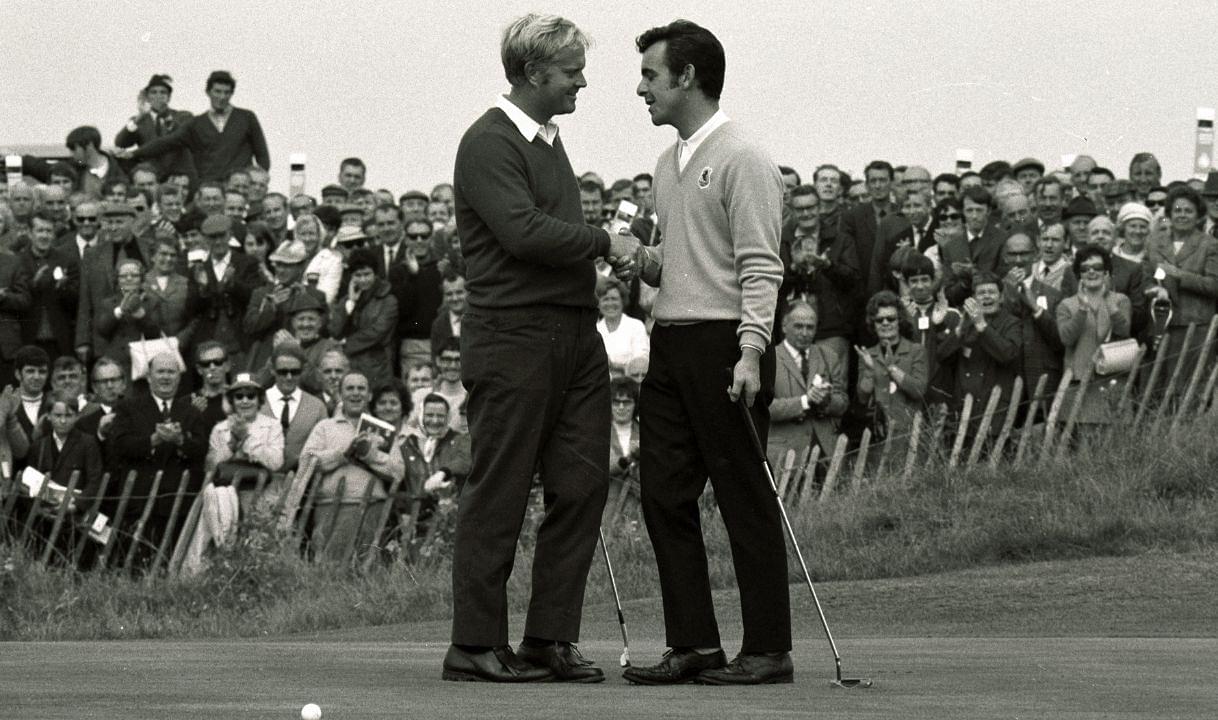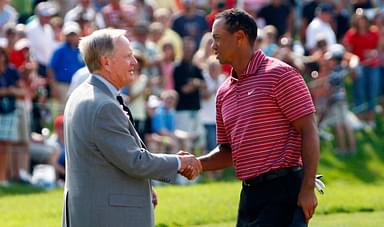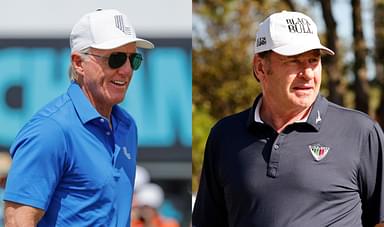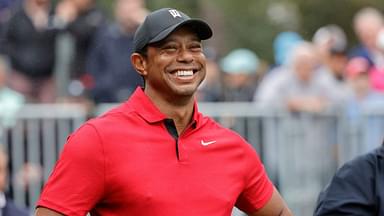The 1969 Ryder Cup, where Americans retained the cup followed by a tie, has several implications on golf history. But the most significant was Jack Nicklaus’ conceding putt to Tony Jacklin, serving as a quintessence of sportsmanship. Both patriots, representing their nations, stood at the final hole waiting for a win.
Jacklin missed the birdie and the ball rolled a couple feet away. On the other hand, Nicklaus saved par with a 20-footer shot. Subsequently, tension loomed over the European side and everything lay in the hands of Jacklin. That’s when Nicklaus called for a draw. The trophy eventually stayed in the American cabinet but the grand gesture marked it as an emblem of sacrifice.
Years after the sacrificial act, Nicklaus joined an interview, where he shared the real intent behind his decision.
“Tony was a national hero in Great Britain at that time. He was coming off a remarkable year, after becoming Great Britain’s first Open Champion in 18 years. As I said then and I continue to reiterate today, I don’t think Tony would have missed that putt, but I didn’t want to give him the chance,” said the great golfer.
Witnessing the situation, captain Sam Snead wasn’t receptive to Nicklaus’ prudence at first.
“When it happened, all the boys thought it was ridiculous to give him that putt. We went over there to win, not to be good ol’ boys.”
But later, he came to terms with Nicklaus’ judgment and admitted that the rivals swung better. Jacklin’s performance especially stood out as he birdied or eagled 35 out of 104 holes.
Although the concession received limelight, the biennial event stood out in various ways. Therefore, to reduce a highly anticipated event to a single moment would be an injustice to the memorable moments that occurred on the green that year.
The 1969 patriotic duel showcased some memorable moments worth cherishing
The feisty competition between both sides was a great display of youth and enthusiasm. Several young contenders participated in their peak years. Tony Jacklin entered the patriotic clash after winning a Claret jug the same year. Jacklin was only 25 and the British troop had more young and motivated golfers including Bernard Gallacher (20), Peter Townsend (23), and Brian Barnes (24).
The fact that Team US contained 10 rookies was a ruse, as the Americans were represented by their best player, Jack Nicklaus. Moreover, the US side had triumphed in the previous five editions of the Ryder Cup, making their dominance more prevalent on the course. However, European talisman, Jacklin, was equally potent. He went head-to-head against Nicklaus, beating the ‘Golden Bear’ twice in the singles. Yet the American side employed the superiority of their past glory to keep the cup at home.
While the Americans played their trump card with a half to hold on to the trophy, negative repositions surfaced against the US side. Ryder Cup legend Dai Rees called the Americans “lucky”.
“I honestly believe the Americans were fortunate to get a tie. In match after match, luck seemed to favour them.”
The 1969 battle for the Ryder Cup was the first to end in a tie and feature a twelve-man team. Until 1969, teams consisted of 10 squad members. The 1969 Ryder Cup is also remembered for the use of a larger “American” ball and Jack Nicklaus’ debut.
Some of the iconic moments of the tournament that year include Christy O’Connor beating Frank Beard by 5 & 4 margin in singles and Peter Butler’s comeback from three down to win over Dale Douglass by 3 & 2 during the afternoon singles. But Jack Nicklaus’ conceding gesture on hole 18 stole the show. Overall, the 1969 combat was a rollercoaster ride for both sides. The Europeans played better, while the Americans got ‘lucky’.





